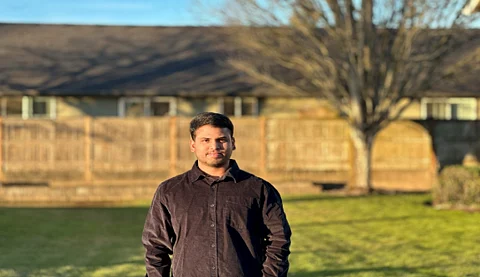

The increasingly complex threats that businesses face in the cyber-security landscape necessitate the establishment of a reliable Security Operations Center (SOC). A high-performing SOC is critical to the prompt detection and response of incidents, which guarantees that businesses can effectively mitigate risks.
Prominent IT security engineer Sabeeruddin Shaik has successfully advanced from technical application engineer to subject matter expert in security operations, with a focus on SOC operations, threat intelligence, and incident response. His contributions have significantly enhanced security postures for major organizations by establishing System Security Plans (SSP), Incident Response Plans (IRP), and Insider Threat Monitoring Tools. His expertise in deploying firewall configurations, vulnerability scans, and network monitoring solutions has fortified SOC capabilities, ensuring compliance with leading security frameworks such as NIST 800-53, NIST CSF, and ISO 27001.
Through his work, he made a substantial impact by optimizing SOC processes and reducing incident response time by 40% through automation and efficiency improvements. By leading the deployment of an Insider Threat Monitoring tool, he improved user behavior analytics (UBA), resulting in a 60% decrease in insider threat incidents. Additionally, his configurations of firewall rules and SIEM log monitoring increased proactive threat detection by 35%. His input in the context of vulnerability scans and mitigation strategies made the attack surface 50% less expansive, while standardized SOC playbooks have also reduced false positives by 30%, thereby improving analysts' efficiencies.
The deployment of Enterprise-Wide Insider Threat Detection stands out among the key projects. The UBA tool he set up for advanced use, he exhibited tracking and anomaly behavior so that preemptive activities could be done against possible data exfiltration. His contribution to SOC Process Optimization and Incident Response Strategy had a very significant result: a 40% reduction in Mean Time to Respond (MTTR). Furthermore, his Vulnerability Management & Threat Intelligence Program was congruent with NIST CSF, hence making the critical vulnerabilities decrease with a significant 50% reduction. Also, the fine-tuning of his SIEM rules resulted in a 30% improvement in detection accuracy and improved triage alert processes.
He also introduced mitigation that led to 50% reduced critical vulnerabilities, 60% reduced internal threats, 35% increases in proactive threat detection, and 40% reductions in MTTR. In addition, his improvements in SOC coordination led to reductions of 30% in false positives that improve analyst efficiency and accuracy in response.
In these accomplishments, Sabeeruddin Shaik had managed to deal with quite a few challenges. He automated his processes to enhance performance and overhauled legacy security. For example, custom SIEM correlation rules were rolled out to minimize false positives, thereby reducing alert fatigue among SOC analysts. His deployment of behavioral analytics tools enhanced visibility into insider threats, preventing potential data breaches. Additionally, his development of security policies aligned with NIST 800-53 and ISO 27001 helped organizations achieve audit compliance.
He talks much about the future in which SOC operations will be automated and geared toward requiring less human intervention for boring job activities and better threat detection capabilities. He advocates that Zero Trust principles be more integrated into the defense systems in the organizations, and he also suggests that cloud security monitoring strategies be improved to better accommodate the continued growth of cloud-native SOCs. He underlines the need for advanced behavioral analytics and proactive threat-hunting techniques to anticipate insider threats before they escalate into something dangerous.
Today's fast-evolving Cybersecurity threats make it imperative to have inputs from aligned experts such as Sabeeruddin Shaik on building strong SOCs. When organizations start utilizing optimum standards in automation, Zero Trust, and proactive threat hunting, they would be better positioned to fortify their security operations and ensure adequate and expedient detection and response for incidents.
